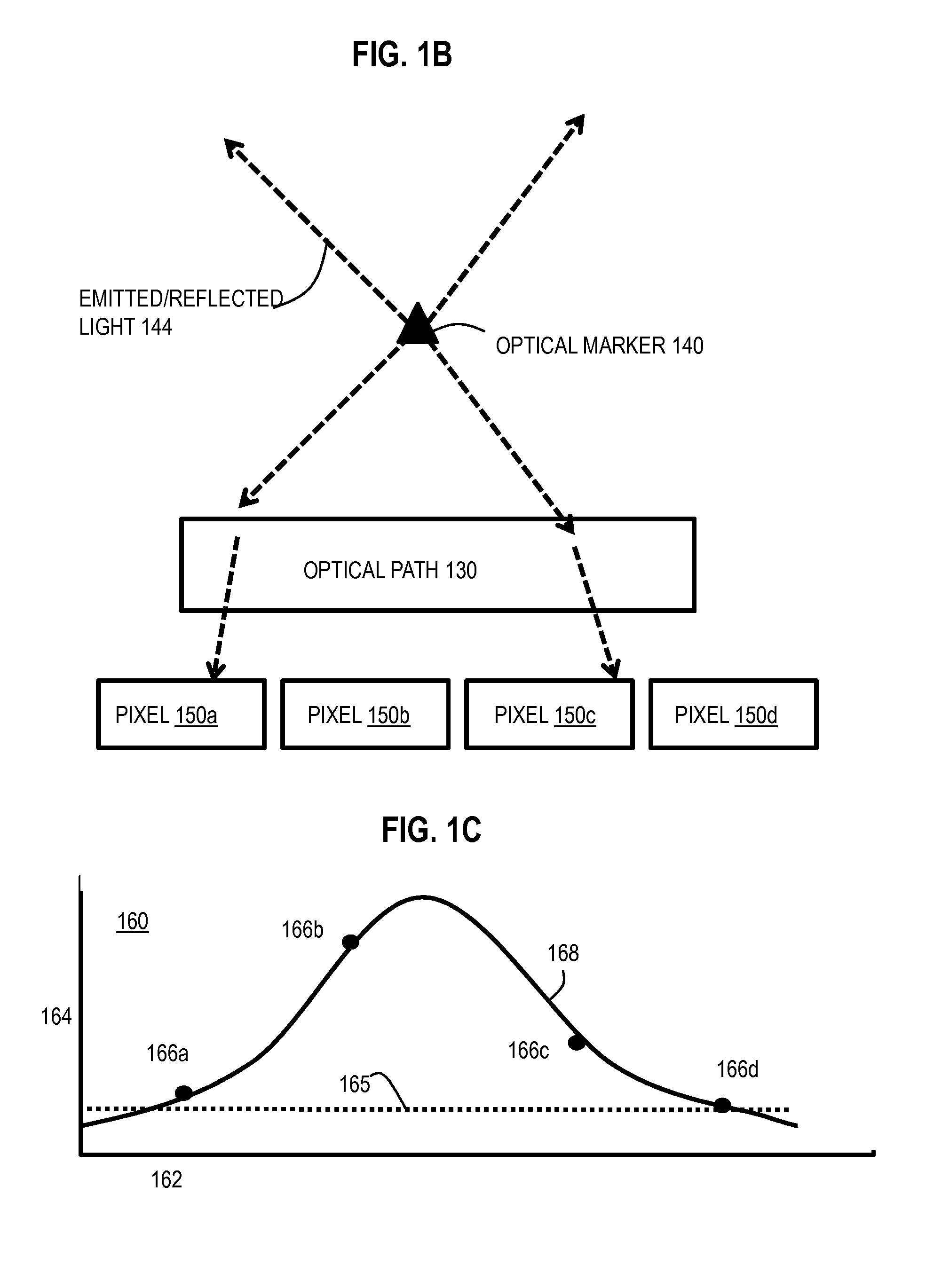Target Characterization Based on Persistent Collocation of Multiple Specks of Light in Time Series Imagery
a time series imagery and target technology, applied in the field of particle, cell and bead-based assay applications, can solve the problems of limited multi-speck assays, achieve high sensitivity, simple and computationally efficient characterization, and rapid detection of targets
- Summary
- Abstract
- Description
- Claims
- Application Information
AI Technical Summary
Benefits of technology
Problems solved by technology
Method used
Image
Examples
Embodiment Construction
[0042]A method, system and kit are described for characterizing targets, including microparticles, based on persistent collocation of multiple specks of light in time series imagery. In the following description, for the purposes of explanation, numerous specific details are set forth in order to provide a thorough understanding of the present invention. It will be apparent, however, to one skilled in the art that the present invention may be practiced without these specific details. In other instances, well-known structures and devices are shown in block diagram form in order to avoid unnecessarily obscuring the present invention.
[0043]Some embodiments of the invention are described below in the context of fluorescent beads as optical markers and a DNA molecule type as a target type. However, the invention is not limited to this context. In other embodiments the target types are other DNA types or other oligonucleotide types or protein types or cell types or organelle types or othe...
PUM
| Property | Measurement | Unit |
|---|---|---|
| wavelengths | aaaaa | aaaaa |
| size | aaaaa | aaaaa |
| diameter | aaaaa | aaaaa |
Abstract
Description
Claims
Application Information
 Login to View More
Login to View More - R&D
- Intellectual Property
- Life Sciences
- Materials
- Tech Scout
- Unparalleled Data Quality
- Higher Quality Content
- 60% Fewer Hallucinations
Browse by: Latest US Patents, China's latest patents, Technical Efficacy Thesaurus, Application Domain, Technology Topic, Popular Technical Reports.
© 2025 PatSnap. All rights reserved.Legal|Privacy policy|Modern Slavery Act Transparency Statement|Sitemap|About US| Contact US: help@patsnap.com



